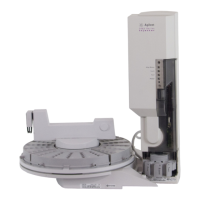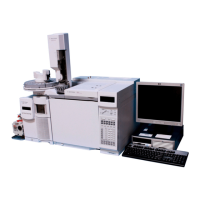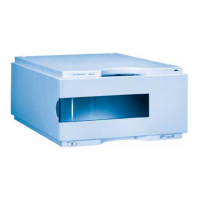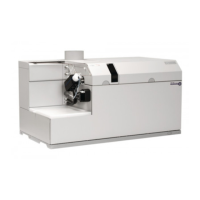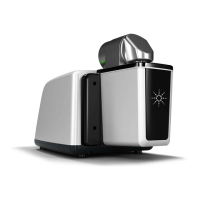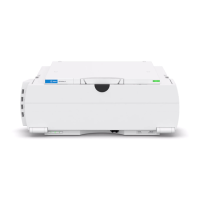Theory 7
Agilent Nano Indenter G200 User’s Guide 7-16
In order to manually adjust K
f
, change the value of Frame Stiffness
Correction listed under Editable Inputs on the Review Page as shown
in
Figure 7-9.
Figure 7-9Edit Frame Stiffness Correction value
Iteratively, adjust the correction value until modulus is constant with
depth. Incremental steps of ±10,000
N/m should be used first.
For samples where S > 0.1K
f
and hardness and elastic modulus are
expected to vary with applied force (i.e. thin film on substrate):
1 Determine K
f
using a bulk material, such as microscope-slide glass,
and the automated process, keeping the experimental set-up as
similar as possible to what will actually be used to test the sample of
interest.
2 Use the same head, tip, stage, sample position, puck type, adhesive,
and test method to determine frame stiffness as will be used to test
the sample.
Microscope slide glass is a good disposable material for this purpose,
because it is smooth, flat, uniform, isotropic, and inexpensive. Do not
mount/unmount the fused silica that was delivered with your instrument
to accomplish this task.
3 Mount samples in a manner that will maximize frame stiffness:
a Use either Crystalbond or epoxy; do not use double-sided tape.
b To use Al pucks again without heating samples:
• Heat the aluminum puck; use Crystalbond to adhere a glass
microscope slide to the top of the puck.
• Allow the glass-topped aluminum puck to cool.
• Epoxy samples to top glass.
• Test.
• Heat puck and remove glass with samples still adhered.
Aluminum puck is available to be re-used.

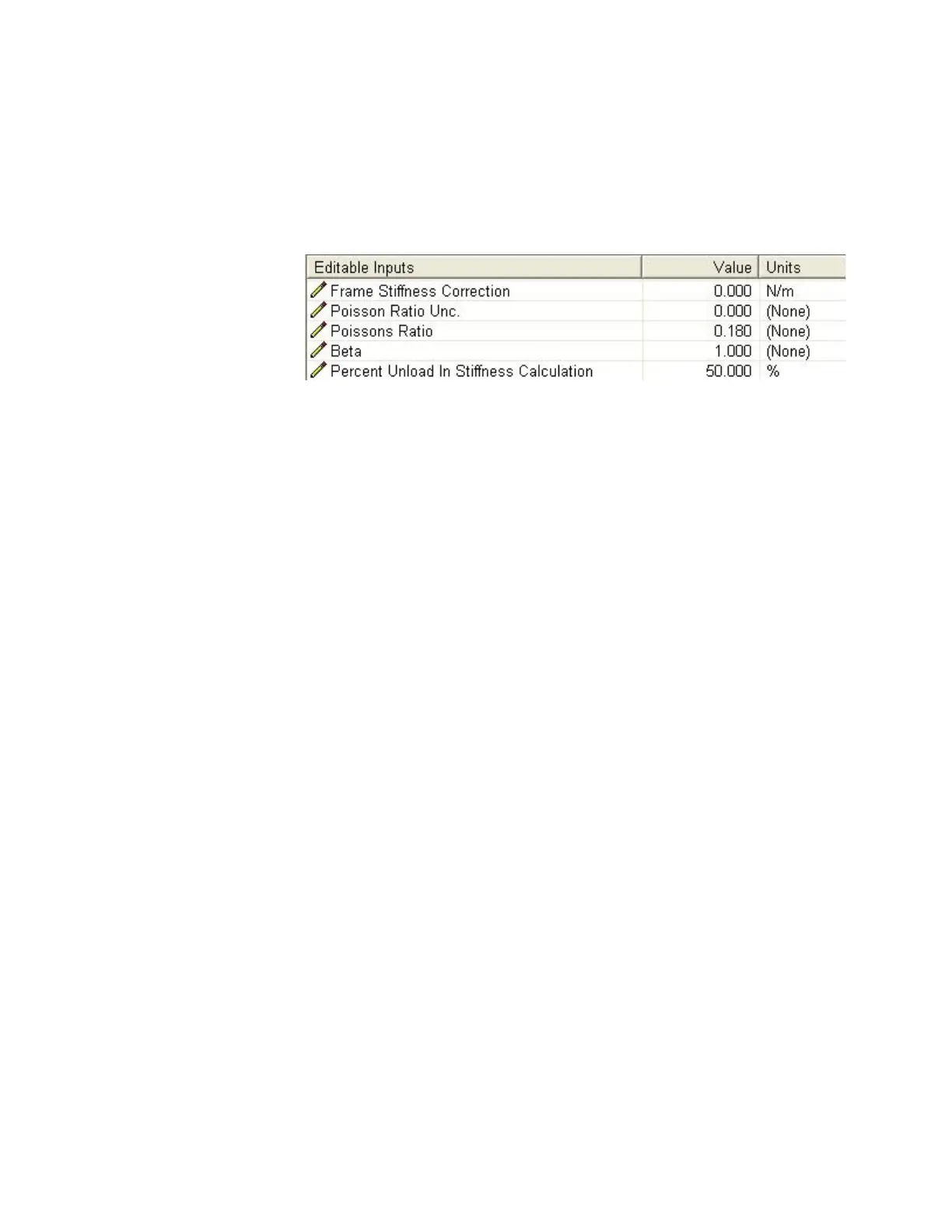